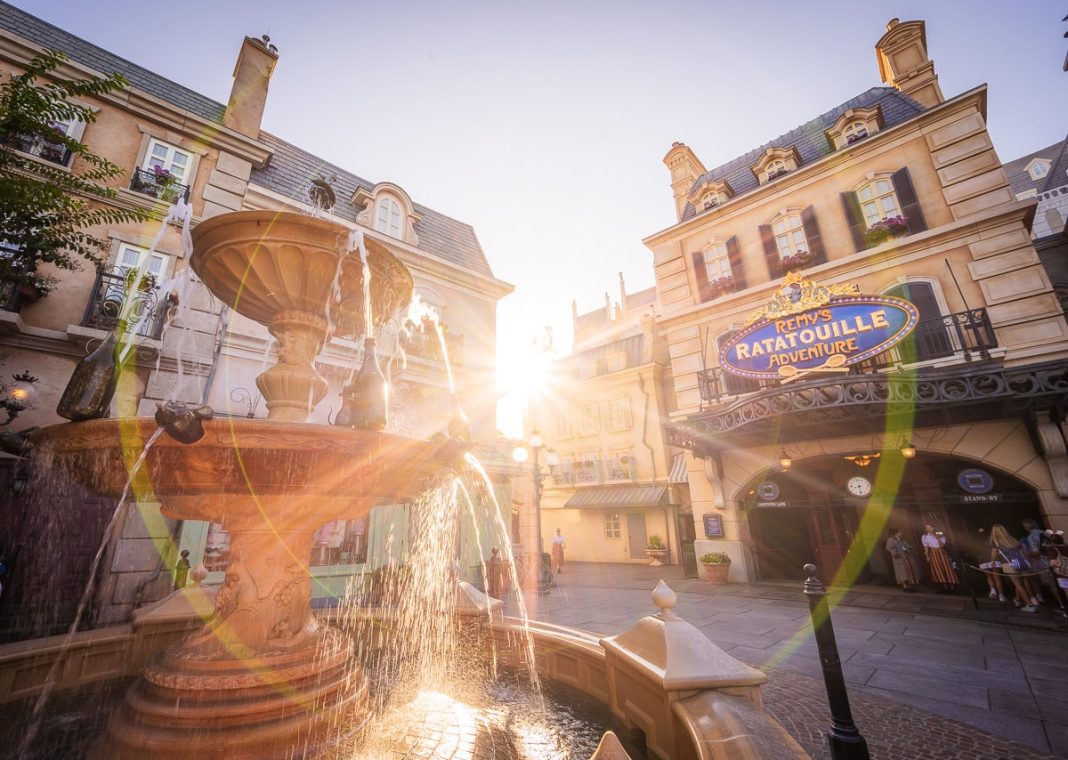
You shouldn’t always buy Lightning Lane Multi-Pass at Walt Disney World. To the contrary, most people should skip the new line-skipping service at least some of the time, at a few of the parks. This lists when we’d recommend guests opt against purchasing paid FastPass based on our testing, plus better alternatives.
Let’s start by briefly addressing the introduction of Lightning Lane Multi Pass (LLMP), which replaces Genie+ as the primary paid FastPass option at Walt Disney World. Lightning Lanes come with a cost–not just a monetary one, but also with frustrations, back-tracking, making ride reservations in advance of your trip, and the learning curve that comes with mastering another new system.
With the switch, there’s once again the addition of an on-site advantage and the ability to make 3 selections in advance. With this comes the loss of stacking, a disadvantage for off-site guests, and likelihood that you’ll be scoring fewer Lightning Lanes per day. There’s also the reality that you’re likely committing to buying (or not) before starting your trip and seeing/feeling crowd levels. Given all of this and other changing trends, there are new scenarios where you should and should not purchase the Lightning Lane Multi-Pass service.
Lightning Lane Multi Pass also isn’t cheap. This part actually isn’t new–we’re seeing prices comparable to Genie+ thus far with LLMP. But it nevertheless bears mentioning since the monetary cost is the determining factor. (After all, if it were free, this post would not exist. You should always use it!)
Current per-person prices range from $16 to $39 before tax each day, with holiday weeks (e.g.Thanksgiving) at Magic Kingdom expected to be at the upper end of that range. If you’re on a budget or more price-sensitive, this adds up–amounting to $500 to $1,000 in added costs for an average family during a week-long trip.
Walt Disney World is barely within financial reach of some families as-is, with an extra $1,000 or so making the trip a total non-starter. The goal of this guide is thus to help you determine when it does and doesn’t make sense to purchase Lightning Lane Multi Pass at Walt Disney World, so you don’t waste time and money, or subject yourself to unnecessary stress and pressure when it really isn’t necessary or advantageous.
Anyway, here are the scenarios when you should consider skipping Lightning Lane Multi-Pass at Walt Disney World. As always, there’s no one-size-fits-all advice, so you still may want to purchase line-skipping in some of these circumstances…


On a Tight Budget – As noted above, plenty of Walt Disney World planners don’t have another few hundred to thousand dollars just laying around. There is no banana stand from which to extract funds. Accordingly, some people cannot purchase Lightning Lane Multi-Pass–it’s a non-starter.
Others may have the ability to splurge, but only at the expense of something else. That’s essentially us. We’re frugal, but not cheap. We’re willing to spend extra for memorable experiences or add-ons that will enhance the quality of our vacations. To that point, our list of the Best Value Splurges at Walt Disney World is filled with everything from character dining we love to Club Level hacks.
It also has exactly one entry for Lightning Lanes, and that’s (spoiler alert) at Magic Kingdom. We’d also potentially splurge on LLMP at DHS, but that’s more situation-dependent. The most important thing you can do to have a great Walt Disney World vacation is reject the notion that you “need” to purchase any add-on (including Lightning Lane Multi-Pass) in order to have a good day. It’s a recipe for stress, pressure, tension, and adult meltdowns.
You’ll leave happier, more satisfied, and with a fuller wallet if being there at the Most Magical Place on Earth with your family or friends is enough to put a smile on your face and fill your heart. It should be–the moments you’ll remember most decades from now aren’t how many lines you skipped.
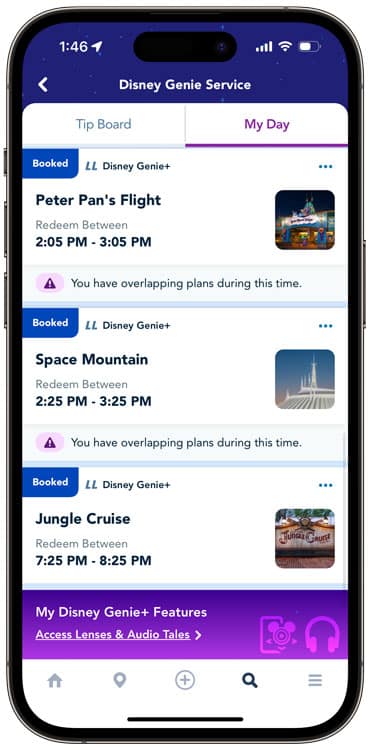

Genie Plus Pro-Level Stackers – The demographic hit hardest by the switch from Genie+ to Lightning Lane Multi Pass is the professional-level Lightning Lane stackers. Those who diligently set their alarms every two hours (RIP 120 minute rule) to book new ride reservations and hit the parks in the afternoon with a fat stack of Lightning Lanes (RIP stacking rules).
While you can still make 3 selections for the afternoon–or literally whenever–the Lightning Lane Multi-Pass system incentivizes planners to schedule selections earlier in the day in order to start making subsequent ride reservations. The stacking and late arrival approach is now suboptimal. The expert stackers should only buy LLMP if they’ll be satisfied with only 3 good Lightning Lanes–their first three.
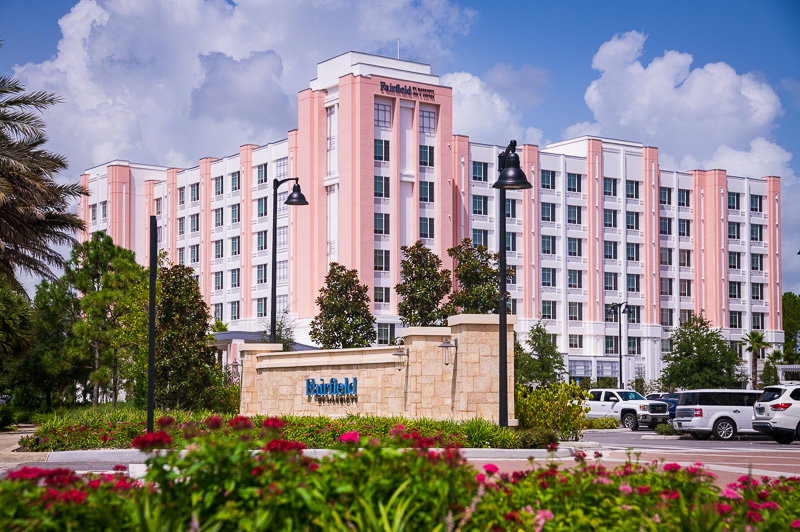

Staying Off-Site – One of the big strengths of Genie+ (or weaknesses, depending upon your perspective) was that it leveled the playing field for on-site and off-site guests. That’s no longer the case. Lightning Lane Multi-Pass is much more like FastPass+ in most regards (minus costing money…minor detail!).
Off-site guests are left with table scraps when it comes to Lightning Lane Multi-Pass, as their booking window is considerably shorter. It’s not just 3 days vs. 7 days–the latter is actually up to 21 days depending upon the duration of the on-site stay (on average, it’ll be about 12-14 days). This means no Tiana’s Bayou Adventure, Slinky Dog Dash, Remy’s Ratatouille Adventure, and potentially a lot more from our list of the Top 10 Best & Most Difficult Lightning Lanes at Walt Disney World.
This isn’t necessarily to say off-site guests should always skip LLMP. To the contrary, they’re disadvantaged in several ways, meaning they need to work harder and smarter to get as much done. Be aware of ride reservation refills and play the refresh game, arrive early and stay late, visit during the off-season or adjust your expectations about how much you’ll get done.
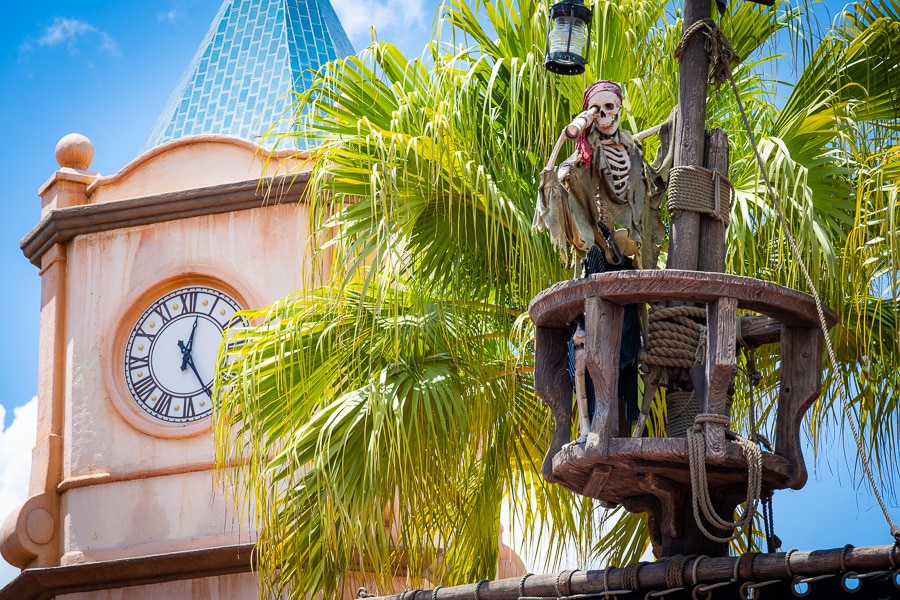

Arriving Late – This is really a corollary to the first point, except not aimed specifically at stackers. As noted above, Lightning Lane Multi Pass allows 3 advance ride reservations. Then on the day of your park visit, once you redeem a selection, you can make another Lightning Lane Multi Pass selection.
Consider this the “rolling 3 rule,” which is to say that you can always have 3 Lightning Lane selections (subject to availability). With the “rolling 3 rule” of Lightning Lane Multi-Pass, you can make your next ride reservation as soon as you’ve used one.
The “rolling 3 rule” also encourages guests to book their LLMPs (or at least one of them) with as early of a return time as possible, as it’s essentially a race against the clock to unlock the 4th (etc.) selections and start making subsequent selections. If you sleep in–or even would prefer afternoon return times from a strategic perspective–your chances of scoring worthwhile Lightning Lanes with the 4th and later picks decreases dramatically.


…The Opposite of Arriving Late, I Guess? – With that said, if you aren’t sleeping in, you arguably don’t need Lightning Lane Multi Pass as much because you can knock out rides via standby lines while they’re still short first thing in the morning.
It’s ironic that LLMP essentially incentivizes guest behavior that is basically self-defeating. Trust me, in my testing I’ve repeatedly found myself cringing at the return times I chose. I was skipping relatively manageable standby times, but my desire to keep the ball moving on the “rolling 3 rule” more or less necessitated that. It’s a delicate dance, and there is a sweet spot to this–as you don’t want to burn your the best Lightning Lanes at times when they’re utterly pointless and won’t save you any time.
You’ve gotta hand it to Walt Disney World, as this is almost a bit devious. They’ve created a system that will increase guest satisfaction, thanks in part to the illusion of having saved time via line-skipping. But really, it was the guest’s own hustle that saved them the bulk of that time.


Longer Trips – This one is probably fairly self evident. If you’re taking a longer trip, you have more time to experience every attraction without resorting to Lightning Lane Multi Pass. Conversely, buying LLMP every day of a lengthier vacation will cost you more money than doing the same on a shorter trip.
I say this should be self-evident because this is precisely how Disney’s CFO described Lightning Lanes a couple of years ago, commenting that some people have more time and others have more money. She didn’t put it in as delicate of terms, but she was correct–and it was controversial among many Disney fans. The bottom line is that you can optimize for time or money, but it’s difficult to have it both ways.
![]()
![]()
At Animal Kingdom, If Arriving Early or Leaving Late – It’s no secret that I’m not a fan of buying Lightning Lane Multi Pass at Animal Kingdom. Nevertheless, it is possible to score Lightning Lanes for Na’vi River Journey, Kilimanjaro Safaris, Dinosaur, Expedition Everest, and more–and save hours in line as a result. On busier days, even the stage show Lightning Lanes can have value.
However, this still only applies (most of the time) if your plan is to roll up to Animal Kingdom after 9 am and leave before 4 pm on moderately busy or worse days. If you’re arriving for Early Entry or in the mid-afternoon, you can knock out most of the park via standby lines. See Animal Kingdom Park Opening & Early Entry Ride Strategy and Animal Kingdom Afternoon Arrival Strategy for a runthrough of those approaches.
If you’re instead showing up a little late and would like to leave early, Lightning Lane Multi Pass at Animal Kingdom can be advantageous. We’d still strongly recommend not doing only the peak hours of the day in the park. Not only is it when crowds are worst, but it’s also when the park is hottest and least comfortable. But this is how most people approach the park–and LLMP can work for them.
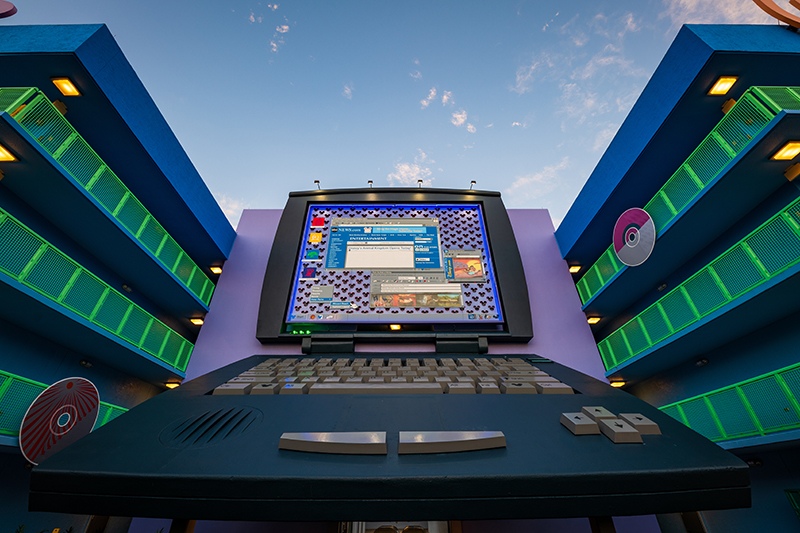

Tech-Free Trip – Thankfully, this complaint has been minimized with the switch from Genie+ to Lightning Lane Multi-Pass, since you can now book 3 ride reservations in advance. In that sense, it’s just like FastPass+ (but paid). Nevertheless, it’s still arguably an issue. An overblown one, in my view, but it does still exist to some degree.
Sure, you can spend all day with your head buried in your phone playing the refresh game or trying to time Lightning Lane drops. But that’s not necessary to use the LLMP system to most of its potential. Personally, my informal “rule” is only playing the refresh game while I’m in the Lightning Lane return line, trying to book my next selection. Simply opting out of the compulsion to check for “better” times and ride reservations will dramatically reduce your screen time, and your experience will still be good.
Nevertheless, I can empathize with the spirit of the complaint. That’s because Walt Disney World has leaned so heavily into technology and in-app features in the last several years, the totality of which do more or less necessitate screen time. It’s still possible to go tech-free, but you’re unquestionably at a disadvantage when not Mobile Ordering, joining virtual queues, etc. If you want to reduce your screen time, it thus makes sense to not purchase the LLMP.


Spontaneity is Significant – Long before Lightning Lanes were a twinkle in the eyes of their father, Bob Chapek, we wrote a ‘warning’ about Being Spontaneous at Walt Disney World. Part rant, part advice, part cautionary tale about taking the guidance on blogs like this one too seriously, it basically espoused our personal approach to doing Walt Disney World.
I’ll be honest with you: Genie+ worked better for us than Lightning Lane Multi Pass. I loved the way Walt Disney World scaled back on pre-planning post-pandemic, as I had zero desire whatsoever to plan where I’d eat 6 months in advance or what I’d ride 2 months ahead of time. To me, that’s craziness. The antithesis of what it means to vacation. But I also realize that not everyone is me, and Lightning Lane Multi Pass gives peace of mind to other WDW planners.
In any case, you are likely making ride reservations anywhere between 3 days and 21 days in advance with LLMP. If you like to take a more relaxed approach or go with the flow, this might be at odds with how you do Disney. So many of our plans are informed by the previous days’ successes or failures, weather, and our whims. Lightning Lane Multi Pass runs counter to much of that, and we’re unlikely to use it as often (for fun) as a result. YMMV.


Eligible for Early Entry – Too many Walt Disney World visitors underestimate Early Entry. Many don’t use it at all, dismissing it as “only” 30 minutes and thus not worth the time.
To be sure, Early Entry is not that great at Magic Kingdom–at least, not until TRON Lightcycle Run (inevitably) joins the ride roster. That’s the one park where Lightning Lane Multi Pass makes the most sense and regular rope drop is just as good as Early Entry. However, at 2 of the 4 parks, Early Entry is amazing. (At EPCOT, it’s only okay until Test Track reopens or Cosmic Rewind ditches the VQ.)
Between it and regular rope drop, you can often accomplish and save more time than an entire day with Lightning Lanes, and without spending any extra money. We just overhauled our step-by-step strategies for Early Entry and park opening, which you can find via our Guide to Early Entry at Walt Disney World.


At EPCOT, Usually – On less busy days, Lightning Lane Multi Pass is not really necessary to efficiently experience EPCOT’s headliners. On busier days, there isn’t enough Lightning Lane inventory to score ride reservations for more than 2 of the headliners. Again, this is exacerbated by the Test Track reimagining.
Compounding matters is the layout of EPCOT. If playing Theme Park Tycoon with the goal of maximizing walking distances, for who knows what reason, you’d drop EPCOT’s marquee attractions exactly where they are. This is not a huge deal when you’re taking a linear approach to the park, but it can become a serious issue with Lightning Lane return times, which can necessitate considerable criss-crossing and backtracking.
Depending upon your walking speed and actual wait times, you might actually waste more time with Lightning Lane Multi Pass than it’s worth at EPCOT. This is very much a ‘your mileage may vary’ thing–both literally and figuratively–so we are far less inclined to write off LLMP across the board at EPCOT. This is especially the case now that per-park pricing often puts EPCOT at under $20, which might make it “worth it” to you in some circumstances.
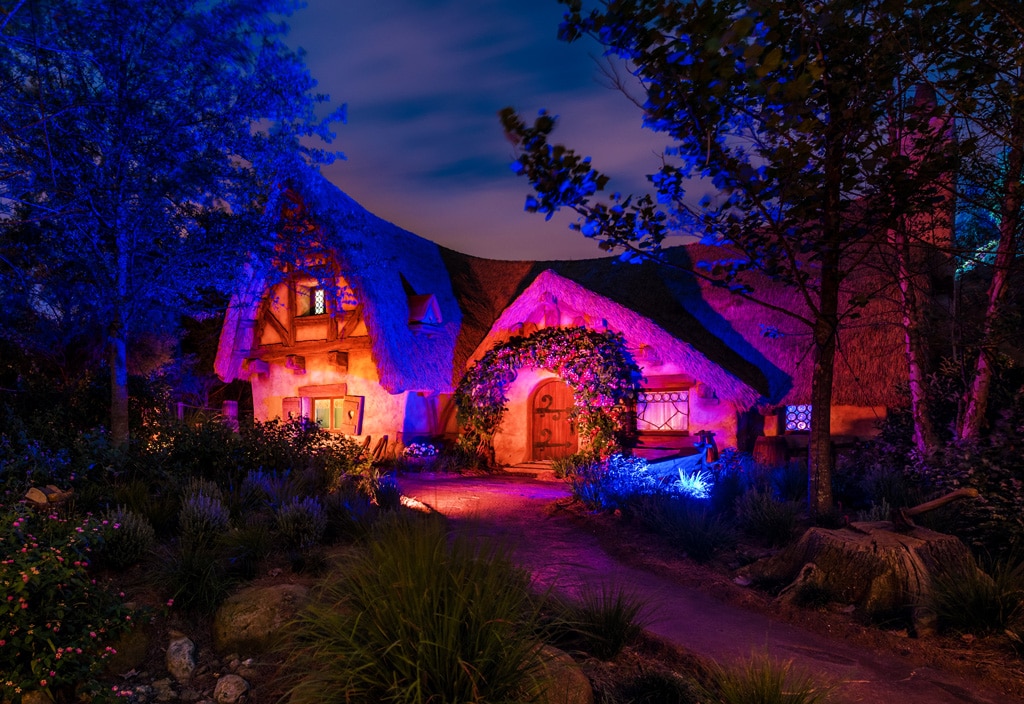

Able to Stay Late – Lightning Lane Multi Pass is not necessary if you stay late at Animal Kingdom or Disney’s Hollywood Studios, at minimum. Both parks clear out significantly in the evening hours, especially in moderate or lower crowd levels.
This doesn’t work quite as well at EPCOT or Magic Kingdom, but wait times do drop in the evening hours at both. That’s especially the case in the front half of EPCOT ahead of Luminous, and as many guests start staking out spots for the Happily Ever After fireworks at Magic Kingdom. By the last half-hour of the night, actual wait times are minimal. (Posted wait times for headliners are usually massively–and purposefully–inflated to discourage guests from jumping in line at the last minute.)
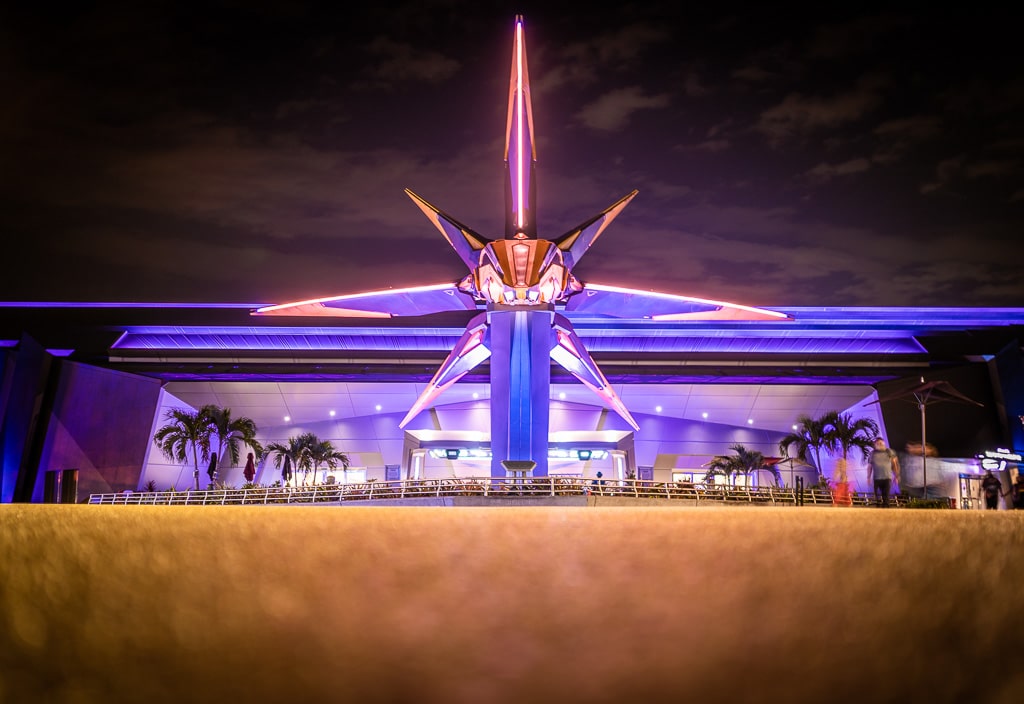

Eligible for Extended Evening Hours – This is like the best of both staying late and Early Entry, a longer-lasting on-site perk for an even more select audience. Extended Evening Hours last 2 hours (as opposed to 30 minutes) and provide a chance to pretty much run the table on the most popular attractions at EPCOT or Magic Kingdom (…or Hollywood Studios/Animal Kingdom during Party Season).
Unless you want to repeat favorite attractions, it’s unnecessary to buy Lightning Lane Multi Pass if you’re taking advantage of Extended Evening Hours. This is faster and easier, while also being more fun and efficient. See our Guide to Extended Evening Hours for strategy and other info.
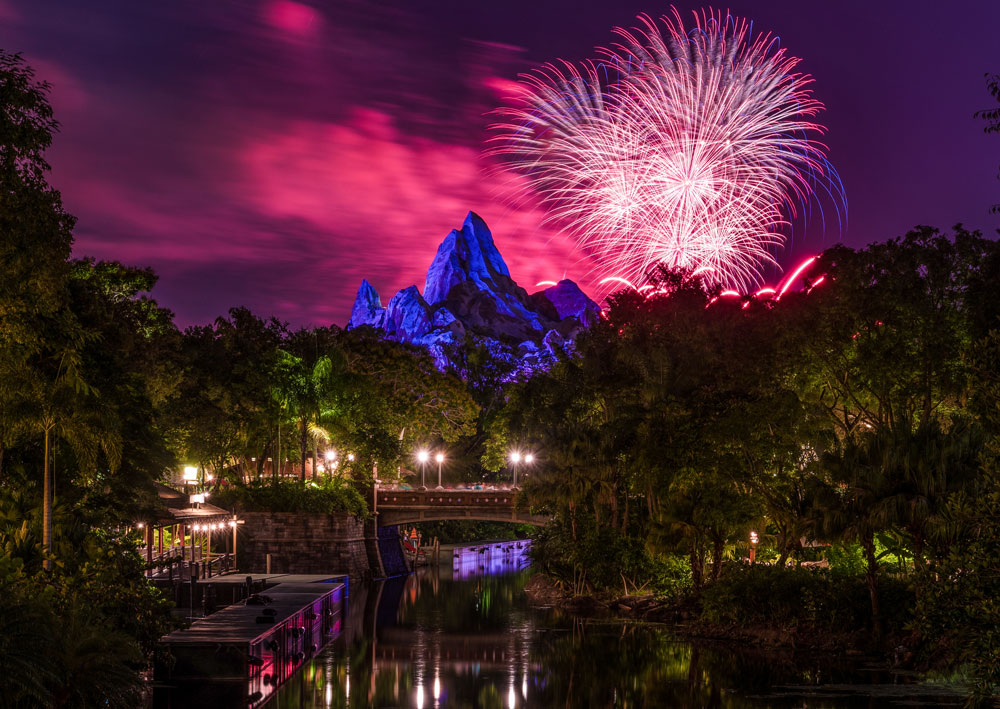

Peak Pricing – We’ve yet to see this firsthand with Lightning Lane Multi Pass since it hasn’t had any peak season dates yet, but it stands to reason that this will be similar to its predecessor. Basically, once the service breaks the $30 threshold, that means heavy crowds. The (rather expensive) lesson a lot of guests learn from those days is that demand for Lightning Lanes is highest when prices are highest, which means less ride reservation inventory and also longer Lightning Lane return lines.
At Disney’s Hollywood Studios, EPCOT, and even Animal Kingdom, the Lightning Lane system reaches a breaking point in heavy crowds, and there’s not enough ride reservation inventory to meet demand. This means you won’t be able to score more than a few worthwhile Lightning Lanes. The very good news with the switch to Lightning Lane Multi Pass is that you’ll be able to lock-in 3 selections in advance, or know that there aren’t good options and can buy or skip on that basis. This is unlike Genie, when you were basically buying blind and hoping for the best.
Even though this is a list of circumstances when you should skip the LLMP service, we’re not necessarily saying that about this scenario. Rather, that you should adjust your expectations. A lot of planners expect Lightning Lanes to be the perfect or only “strategy” necessary. If you’re visiting peak holiday weeks, this is untrue. Those are Lightning Lane and ___ situations. Whether that blank be arriving early, staying late, or having an aggressive standby strategy is up to you. Just don’t simply rely on Lightning Lane Multi Pass as your silver bullet to cut through crowds. It won’t be.
Our advice during peak season would be to buy (or not) based on your initial 3 pre-arrival Lightning Lanes and having zero expectations for 4th and subsequent selections. If you’re satisfied with the value offered by those first 3 picks, buy it. If not, don’t. But don’t assume you’ll score anything worthwhile same-day after redeeming those. Consider anything over and above that icing on the cake.
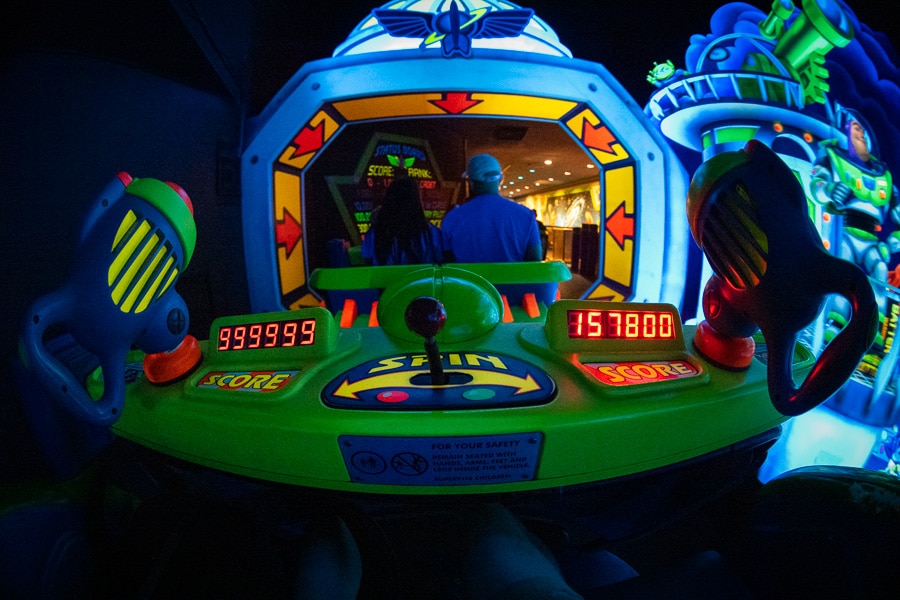

Off-Season Pricing – The reverse of the above is also true, for precisely the same reason. Demand is highest when prices are highest, and demand is lowest when prices are lowest. That’s because, quite simply, Lightning Lane Multi Pass is not all that necessary on slow days.
On crowd level 1/10 to 3/10 days, Lightning Lane Multi Pass won’t save you much time over savvy strategy or an efficient Walt Disney World itinerary. You can plan your trip around these days by consulting Walt Disney World Crowd Calendars…or look at the price of LLMP on the day of your visit, to see if it’s under $20 at Animal Kingdom or EPCOT. If so, that’s a strong sign (but not quite conclusive) that Walt Disney World is forecasting a slower day.
I’ve tried at field testing Lightning Lane Multi Pass at lower price points…and failed. It just hasn’t been necessary and didn’t enable me to accomplish anything I couldn’t have via standby when working within the established parameters of how Lightning Lane Multi Pass works best (arriving and redeeming early, but not too early).
The corollary to these last two entries is that the “sweet spot” for buying Lightning Lane Multi Pass is on moderately busy days. Our testing has consistently found that to be when line-skipping is most useful for Magic Kingdom and Disney’s Hollywood Studios. (And to a lesser extent, EPCOT.)


Ultimately, that’s our perspective on when to skip Lightning Lane MultiPass at Walt Disney World. Even with all of this said, it’s worth reiterating that these are not hard and fast rules, and you might want to ignore our recommendations and buy LLMP in borderline scenarios, or add your own ‘must-skip’ scenarios. There is no such thing as one-size-fits-all advice for Walt Disney World.
At its best, LLMP can free time for slowing down and savoring the parks. At its worst, Lightning Lanes feed into guests’ worst impulses to go go go, beholden to a strict schedule of doing rides “checklist style” and not stopping to smell the roses or appreciate the other ways that Walt Disney World is a premium theme park experience. As with all trip planning advice, even this is a ‘YMMV’ thing where LLMP will empower some guests to have a more relaxed day while burdening others with stress.
If you have questions about the basics of using–or not using–the paid FastPass service, see our Guide to Lightning Lanes at Walt Disney World for all of the foundational need-to-know info of both LLMP and LLSP. This whole system is confusing and convoluted, so you might have a question or two-dozen. That answers all of the most common ones we’ve been receiving from readers.
Planning a Walt Disney World trip? Learn about hotels on our Walt Disney World Hotels Reviews page. For where to eat, read our Walt Disney World Restaurant Reviews. To save money on tickets or determine which type to buy, read our Tips for Saving Money on Walt Disney World Tickets post. Our What to Pack for Disney Trips post takes a unique look at clever items to take. For what to do and when to do it, our Walt Disney World Ride Guides will help. For comprehensive advice, the best place to start is our Walt Disney World Trip Planning Guide for everything you need to know!
YOUR THOUGHTS
What do you think of skipping Lightning Lane Multi-Pass at Walt Disney World? Are there days when you don’t feel the need to use line-skipping, or is it always a must-buy for your vacation days in the parks? Any other considerations we failed to take into account or missed/got wrong? Do you agree or disagree with our assessment? Any questions we can help you answer? Hearing your feedback–even when you disagree with us–is both interesting to us and helpful to other readers, so please share your thoughts below in the comments!

